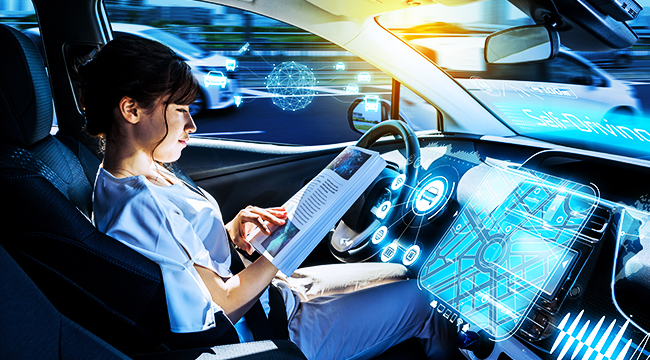
I’m probably the world’s worst driver. And it’s not just that I’m bad at driving, I don’t like driving. I think it’s stressful and boring. So believe me when I say: I am counting the days down until level-5 autonomous cars hit the road. I want the kind of car where I say, “Cool. So, I can take a nap and binge-watch Arrested Development now?” and the car responds “Of course, sweetie!” and brews me a warm mug of cocoa. But while I’m probably overly excited about self-driving technology, plenty of others are frightened of our driverless future. A survey from triple AAA recently discovered that 63% of drivers are too afraid to take a ride in a fully self-driving car — an improvement from a year ago, when that number was 78%.
The seismic change in how we get from point A to point B seems to be an inevitability. It was just revealed that Apple has a permit for 55 self-driving cars in California, Uber has a serious plan to make long-haul semi trucks driverless in the next few years, and Waymo, Google’s sister company, recently bought 20,000 self-driving cars from Jaguar. Waymo says that by 2020 their driverless ride-hailing service fleet could be logging one million miles a day. That’s only two years from now.
With the timeline for driverless cars rapidly accelerating, the average person is sure to have questions. So we polled the best and brightest (and most skeptical) members of our team and asked their questions to Dr. Henrik I. Christensen — the Qualcomm Chancellor’s Chair of Robot Systems at UC San Diego and director of The Contextual Robotics Institute.
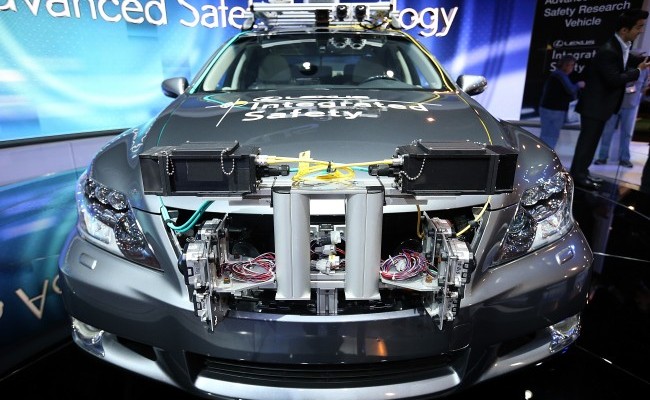
How would you define a “self-driving car?” Do you think the current idea of a “self-driving car” implies a level of autonomy on the car’s part that isn’t accurate?
The present NHTSA (National Highway Traffic Safety Administration) definitions of autonomy are crude but a great starting point for the consideration of autonomy. Most of the low-levels of autonomy are purely driver augmentation. In reality, it is at levels 3-5 of autonomy where we have to consider how a vehicle truly interfaces with people.
Note: The levels of car autonomy describes how independent a car is based on how much human control is required to operate it. The scale goes from 0 — the human driver is totally in control of all function of the vehicle, to 5 — where there is full-automation and the car doesn’t require a human pilot at all.
Do you expect driverless cars to be a replacement for drivers completely or do you expect a mix of responsibility between the car and human driver for the foreseeable future?
We will see scenarios (in the near future) where it is perfectly safe to use the autonomy for driving. Highways are likely to be such a scenario, doing intermodal logistics on highways is within reach fairly soon. Driving in a busy urban environment is still far away. We will see adoption in “easy” environments first and only later will we try to address the challenge scenarios.
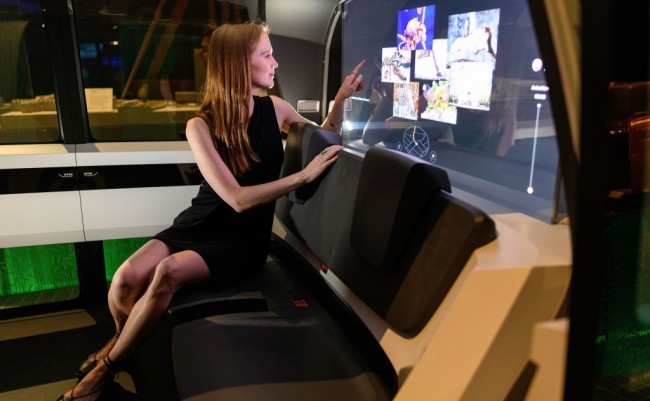
When do you see driverless cars hitting the market in a real way? And do you think it will feel like a jump –where within a year or two almost all cars on the road will have a self-driving capability — or will it be a gradual shift with passive safety features being added until they’re seamlessly a part of the culture?
The Tesla is a good example of a car with a limited sense of autonomy. We are starting to see products such as cruise control where the augmentation of drivers is significant.
The real challenge is when the times between driver interactions increase. There will be a tendency of complacency where the driver will leave the driving to autonomy for long stretches and so they may not be ready to take over if or when they have to assist. I expect to see trucks for intermodal logistics deployed within the next couple of years. It might be in Southeast Asia and Europe before it happens in the US, but you can expect to see it fairly soon.
In terms of intermodal logistics, you believe we’re close to driverless semi-trucks and larger vehicles?
I think the intermodal logistics on highways will be the first place where we will adopt the technology, so think 2-5 years out.
When the first cars are available for public consumers, do you think they will be affordable for the average family or only available to the very rich? Are they going to be insanely expensive?
The cars are likely to start out as luxury items. They will require more sensors and better computing. The consumer technology for the average family is unlikely to be first.
Cars are designed specifically for human drivers to be able to operate them safely. Do you think driverless cars may change the way a car is shaped or what we think of as what a car could be?
In the long-term it will change cars, but until we get to level 5 autonomy I doubt we will see much impact.
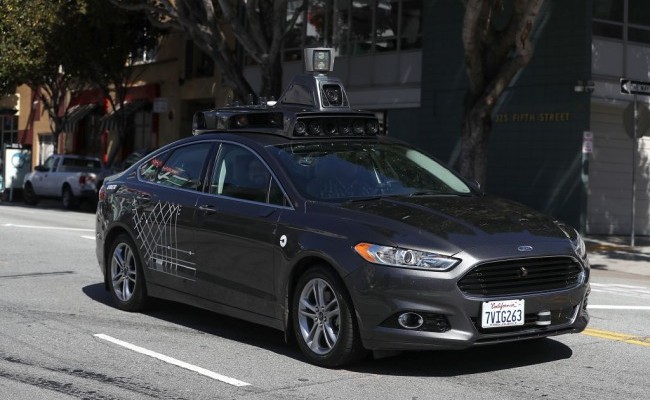
What’s the level of not paying attention you think people would get to? Could someone be napping or consuming alcohol while in the car by themselves in the near future or will they have to be at the ready to take the wheel?
Already today, lots of drivers are not paying attention 100% of the time. That is the reason why traffic fatalities have gone up the last couple of years. People are distracted. It typically takes 12-20 seconds for people to be able to take over control, which is a long time. I do not foresee anytime soon that we can consume alcohol and drive at the same time.
Currently, how often are drivers taking over the wheel?
The mean-time between human interventions vary a lot. We have solutions where the driver only takes over every two hours and we have solutions where the driver takes over every 10 minutes. It depends on the use-case and on the design of the system.
Can you discuss what the disconnect was with the recent death due to a driverless car?
As we develop this technology there will be a trade-off between perfection and robustness. If you design a system that stops for every possible object on the road the mean time between driver interaction will be low. The problem is that we cannot stop for every small shadow. So the question becomes how small an object are you willing to stop for? The value was clearly set too low in the recent case, but this will be a delicate question we will have to discuss in the future.
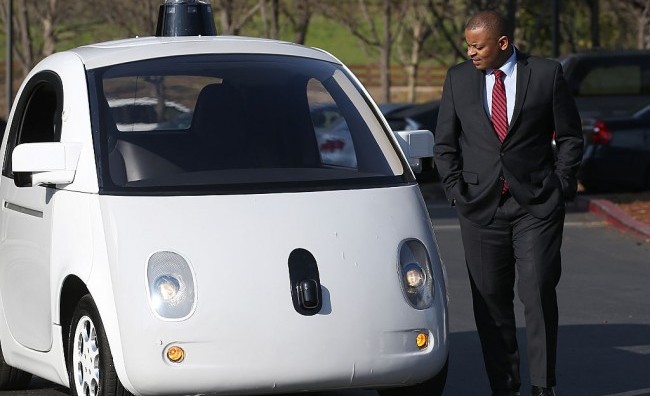
Will these cars interact with one another to optimize traffic efficiency? Will they be able to communicate together to achieve optimal flow?
We are starting to see research on vehicle-to-vehicle communication. It will allow for platooning, optimized driving, improved breaking, and optimization of traffic flow. The main challenge though is to ensure that all vehicles have the V2V functionality. Even a single car without V2V can be a challenge. It is not yet clear how this will be addressed as the adoption of new vehicles is still a slow process.
In terms of parking, do you think we’ll get to the place where driverless cars will replace valets? For example, the car will always drop someone off at their destination and then go park itself no matter the distance?
This is an interesting idea. I think within the next 10 years we will have self-parking cars. It will take a while, but I would not invest in the construction of a new parking structure. I think this will happen sooner than people expect.
How do you think public transport will be affected by this technology?
Through automated vehicles, we can replace a bus by 5-10 smaller vehicles that allow people to be dropped off or picked-up much closer to their homes. As such, it will give more agility to public transportation. In a 10-15 year perspective, I expect to see a major transformation in public transportation. At UCSD we have 65,000 daily visitors to campus and I expect to see a complete change in how we address transportation over the next decade with better services and less of a need for parking.
Will driverless RVs create competition for the airline industry and how do you see these vehicles affecting the way we approach tourism?
I think doing a road tour using an RV is very different than flying. I do not expect the two modes of transportation to compete much.
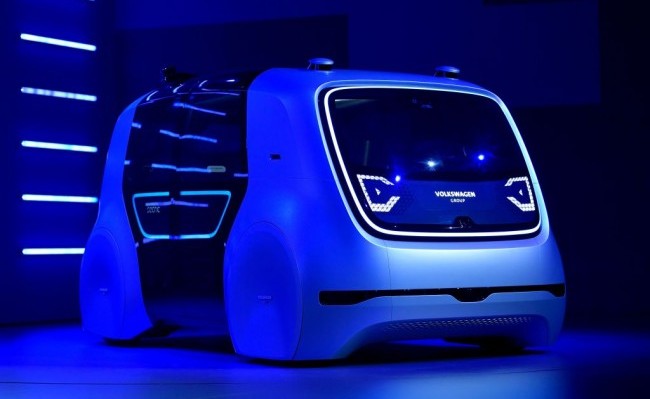
How hackable is this technology?
This is very much an independent question. We are slowly seeing all the companies adopting strong encryption for their communication to address the hackable issue. Older cars are relatively easy to hack, but all major companies are aware of this risk and addressing it independently of the autonomy discussion.
Are places like China, Japan, Germany, etc. going to lap the US when it comes to driverless cars? Where is the US in the race?
Clearly, Germany and China are big competitors in this race. It is important to recognize that only 6% of all cars are manufactured in the USA today. In comparison, China has 30% of the worldwide manufacturing. The legal framework in the US with punitive damages also makes it more attractive to develop this technology outside of US, so, I do not foresee that we will be the leaders in the adoption of this technology.
Do you trust driverless cars personally? Would you put your family in a driverless car today?
The question comes down to mean time between interventions. If it is too often it is not of much help. If there are too many accidents, it’s too dangerous. We have not yet found the right balance. I am not yet at a place where I would trust a car to my family.
What are you most excited about as driverless cars become a more prevailing reality?
The adoption of autonomous cars will transform many aspects of urban living. We will change parking structures, utilization of infrastructure …mobility. In the US, 10,000 people turn 65 every day. The autonomous cars will enable mobility for everyone independent of age, from cradle to grave, which will be a big issue.
